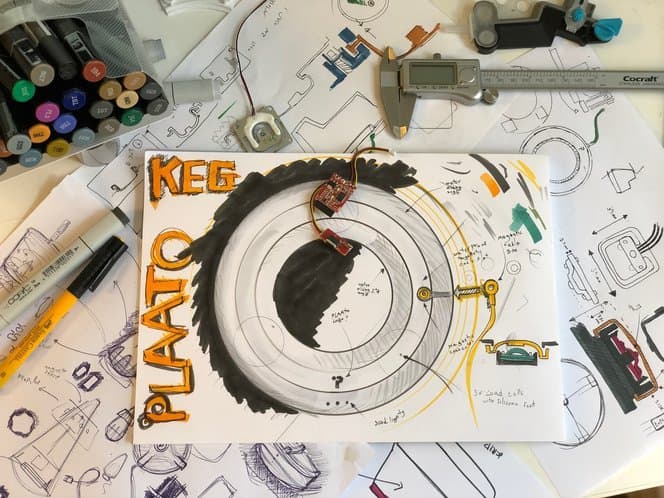
Imagine you have a brilliant idea for a new product. You design the product, engineer it, and roll it out—but your customers aren’t interested!
This is a common problem for all sorts of businesses: each year, more than 30,000 new consumer products are brought to market—and 80 percent of them fail. How can you ensure your product idea is part of the successful 20 percent?
Proof of concept—an initial test and validation of the product idea—is a huge part of the equation. Developing a proof of concept is an essential way to test, fine-tune, and prove your product’s success. This article will explain what a proof of concept is, as well as how to create and test your proof of concept.
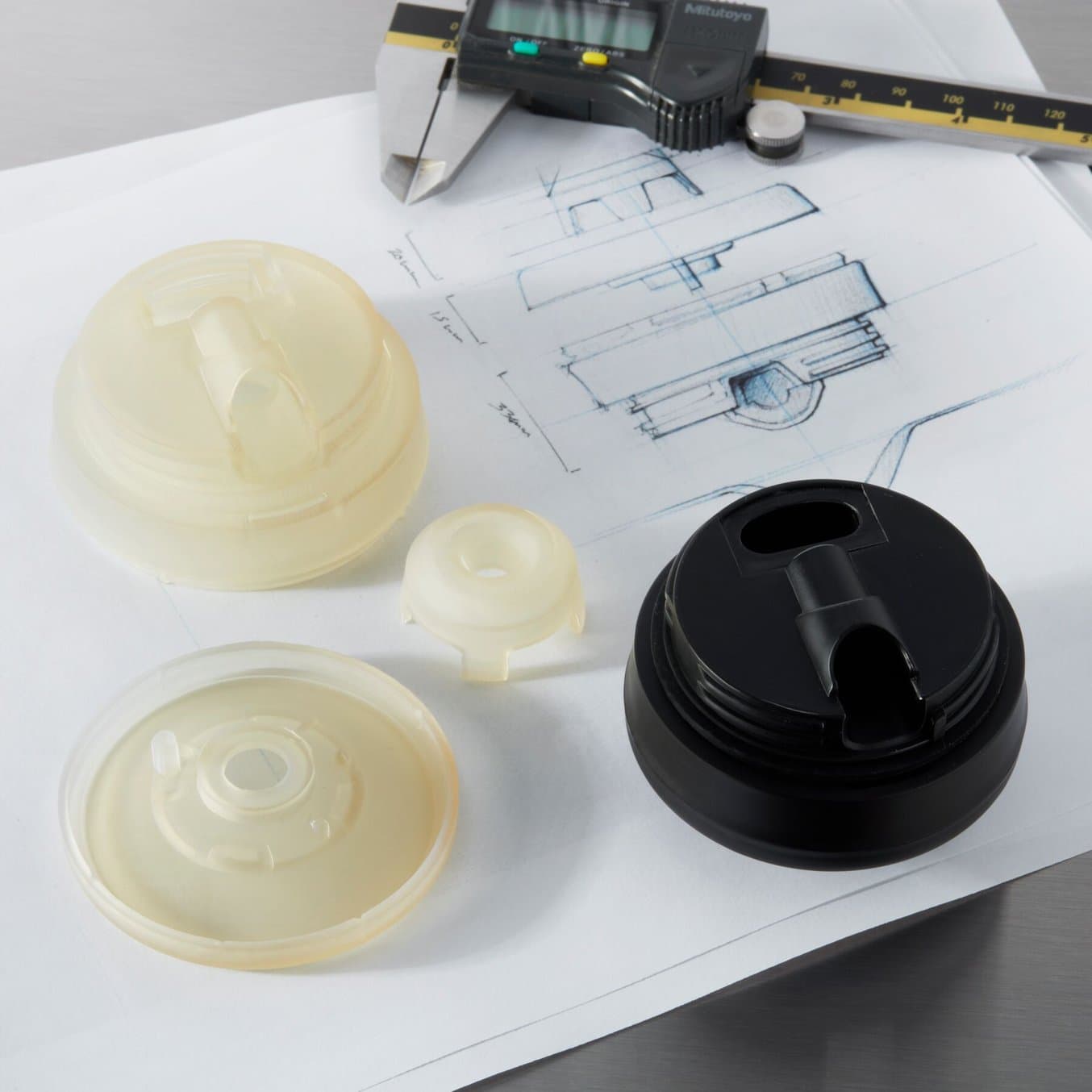
Guide to Rapid Prototyping for Product Development
In this guide, you’ll learn how rapid prototyping fits into the product development process, its applications, and what rapid prototyping tools are available to today’s product development teams.
What Is Proof of Concept?
Proof of concept (POC) refers to an initial test of an idea, method, or product to show its potential and feasibility in real-world settings. A proof of concept occurs during the ideation phase of a project—before extensive design and engineering work actually begins on the project—and usually consists of a small and relatively simple or undeveloped version of the desired final result.
The purpose of a proof of concept is to validate assumptions and illustrate that a new product or idea can be successful. Team members can use the proof of concept as a tangible way to help identify any unforeseen risks in the production or execution of the product or idea.
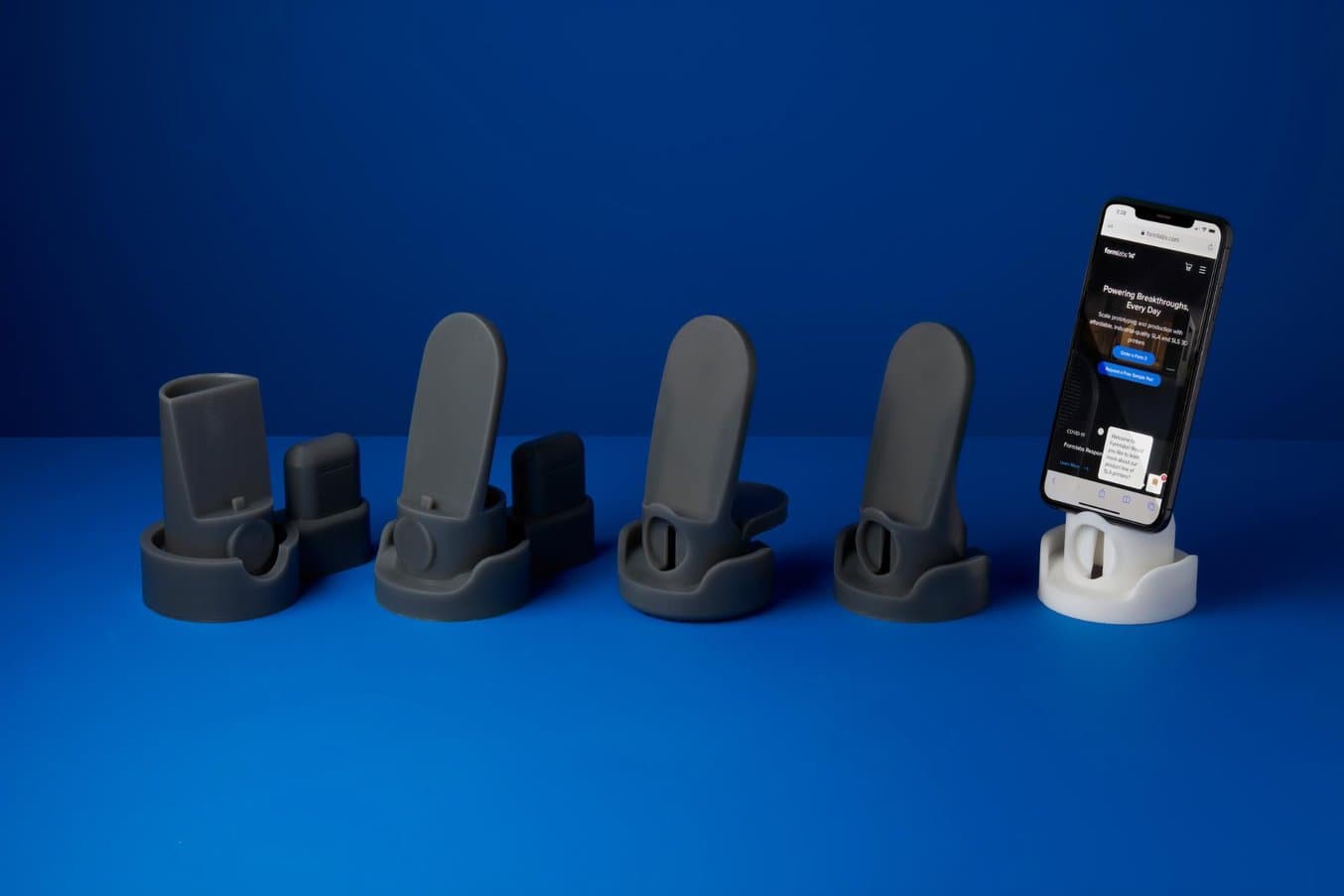
A proof of concept should be simple, just sufficient to imitate how the product works. For example, the POC for a charging stand might just be a 3D printed enclosure connected to a standard USB charging cable. 3D printing is a popular way to create proof of concept models rapidly and at a low cost.
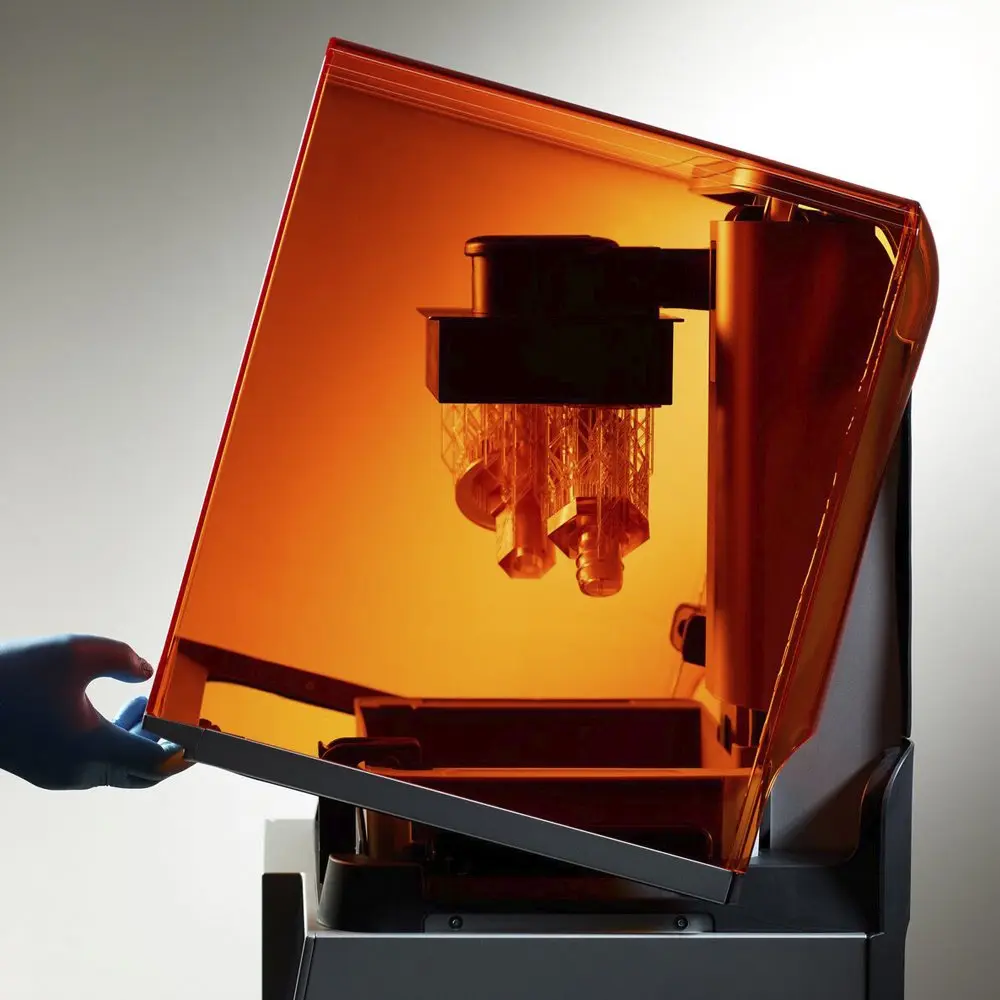
Introduction to 3D Printing With Desktop Stereolithography (SLA)
Looking for a 3D printer to create proof of concept models? Download our white paper to learn how SLA printing works and why it's the most popular 3D printing process for creating models with incredible details.
A proof of concept might seem similar to a prototype, a pilot, or a minimum viable product, but each of these things actually serves a unique purpose in the product ideation and development process.
Proof of Concept vs. Prototype
Although a proof of concept might seem similar to a prototype, their objectives are very different. A prototype is an actual working model of a product that shows exactly how the product will function in terms of mechanics, design, user experience, and so on.
While a proof of concept simply tests the viability of a new idea, prototypes show exactly how that idea can happen. A proof of concept might just imitate how the product works, while the actual functionality of the product is carried out by humans or other tools, while a prototype would function enough like the final product that the client could reliably use it to visualize the end result.
Proof of Concept vs. Pilot
A pilot is a more advanced phase of testing than both proof of concept and prototyping. A pilot is, in fact, the final testing phase before full production of a new product.
During the pilot phase, a company allows real customers to try out the product, ensuring that it will indeed function properly upon a full rollout. Pilots are usually tested on a small segment of a business’s customer base in a phased approach. This gives the company time to work out any last-minute bugs, or even roll back the pilot if more significant issues arise.
Proof of Concept vs. Minimum Viable Product
Although they have some things in common, proof of concept and minimum viable product differ significantly from each other. Minimum viable product refers to a pared-down version of a new product that only performs the core functionality, without any additional features. The company can then test the minimum viable product or put it on the market for real customers to try.
The purpose of a minimum viable product is to test whether there is a market for the core functions of a new product. The top reason start-ups fail is a lack of market need for their product, so it’s important for a company to test whether there is actually significant interest in its product before spending time and money developing a full-featured version of the product.
| Proof of concept (POC) | Prototype | Pilot | Minimum viable product | |
|---|---|---|---|---|
| What it is | Initial test of an idea, method, or product | Working model of a product | Phased rollout of product to a customer sample | A pared-down version of a new product that only performs core functionality |
| Purpose | Show product potential and feasibility in real-world settings | Show how the product will work; help stakeholders visualize the product | Identify unforeseen issues before the final rollout | Test whether there is a market for core functions of new product |
| Stage in product development | Ideation phase | Design and engineering phase | Validation and final testing phase | Validation and/or production phase |
How to Create a Proof of Concept
Creating a proof of concept is an exciting challenge that takes care and creativity. Your ultimate goal is to know your audience inside and out, and to be able to express exactly how your product will serve their needs.
Proof of Concept Process
The proof-of-concept process should adhere to the following steps:
-
Understand your audience’s pain points. Study what solutions your customer base is looking for through conversations with potential users, surveys, and market research. Use your research to create a specific list of pain points that your product should solve.
-
Evaluate possible solutions. Use your list to map out potential solutions to the pain points it contains. Compare the different solutions for feasibility, cost, timeline, and other factors. Take your top solutions back to potential users to consult with them.
-
Create a proof of concept. Armed with feedback from potential users, create a proof of concept of the product that addresses pain points and provides solutions. Have the representatives from your customer base test the POC and provide input.
-
Refine the product idea according to feedback. Use the feedback from your potential users to fine-tune the product idea. Identify what works about the solution, as well as areas of improvement based on customer reactions to and experiences with the POC.
-
Finalize your proof of concept. Create a finalized proof-of-concept proposal that presents the functionalities, features, and benefits of the product. The proposal should also include details like timeline, cost, success criteria, and resources needed. The completed proof of concept can be presented to stakeholders, who can approve the product for development.
Requirements
Each step of the proof of concept process requires specific deliverables to ensure success. Here are the other deliverables you’ll need throughout the proof-of-concept process:
-
Ideation stage: To start, the first deliverables you’ll need to include a proof of concept plan and schedule, as well as criteria for success.
-
Research stage: As you interview a representative sample of your customer base, your end goal should be to gather use cases and revise your success criteria based on customer input.
-
Creation stage: When you get to the point of creating a POC, your deliverables include the prototype design, an implementation plan, and updated success criteria.
-
Testing stage: As you and your customer sample test the POC, you should be working toward the following deliverables: test cases, test scripts, and test results.
-
Finalization stage: At this point, your deliverables should include an evaluation model, a finding summary, and an execution plan. You can share these with key stakeholders as you prepare to move into development.
Tool for Creating POCs
The tools you’ll need for a proof of concept differ somewhat based on industry: for instance, if your company is in engineering or hardware product development, you won’t need all the same tools as a company that works in software development. The following are some tools you may need as you develop your proof of concept:
-
Project management software: Project management software is helpful to any company, regardless of industry, as it moves through the proof of concept process. The POC process should be guided by a plan and schedule with specific timelines and benchmarks at each stage. Using a project management tool that everyone on the team can reference will help keep all team members aligned and on track.
-
Online market research tools: These tools are universally helpful during the proof of concept process. Tools that provide insight into different demographics and customer segments are essential. In addition, online survey tools can help you reach a larger customer sample than you could through just conducting interviews.
-
Prototyping tools: Prototyping tools differ based on industry. For example, a software company will likely use its existing software tools to create a prototype, while companies in engineering or product development might use anything from basic model making tools to digital fabrication tools to create a physical model of the design in question.
3D printing has become a very popular way to efficiently create proof of concept models, as well as visual and functional prototypes. If your company does a lot of prototyping, consider bringing your 3D printing in house. Desktop 3D printers, like the Form 3+, offer a wide range of materials and applications at a price point accessible to most companies.
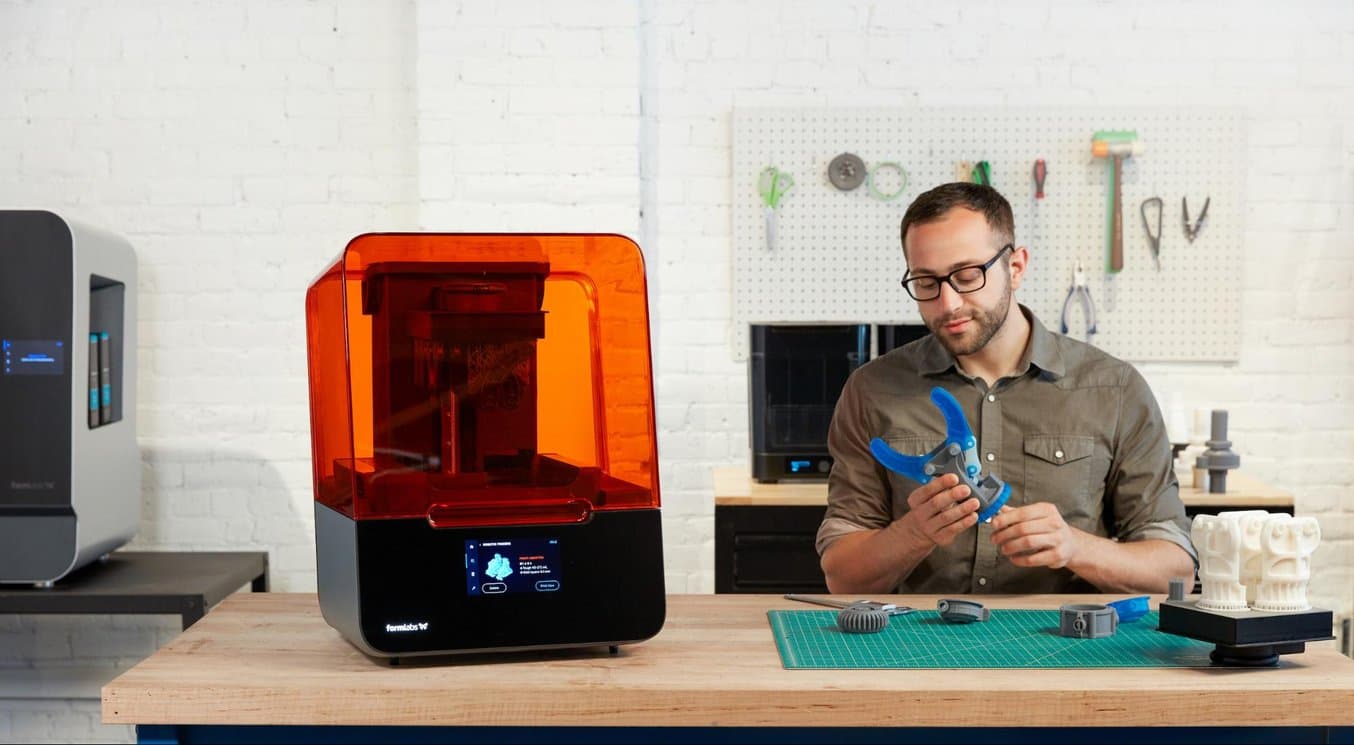
3D printers can assist you throughout product development, from creating proof of concept models to visual and functional prototypes.
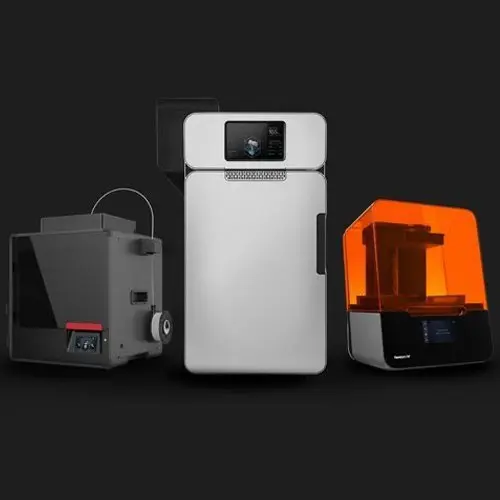
How to Choose a 3D Printing Technology
Having trouble finding the best 3D printing technology for your needs? In this video guide, we compare FDM, SLA, and SLS technologies across popular buying considerations.
Proof of Concept Testing
The whole purpose of a proof of concept is to test an idea for efficacy before you invest significant amounts of time and money into it. The key to effective proof-of-concept testing is to take your time surveying and interviewing a sample group of customers throughout each step of the proof of concept process, developing a greater and greater understanding of their specific pain points and what they want your solution to achieve.
Here are the steps you should follow in the proof-of-concept testing process:
-
Choose your testing tools. Although it might cost more, you should invest in up-to-date testing tools. Customers expect more and more from today’s products, so your company can’t afford to miss out on the newest market research or the fastest and easiest ways to receive customer feedback—both of which a good testing tool can provide.
-
Define customer segments. You shouldn’t expect the same pain points and desired solutions from all your customers. Customers will have different wants and needs based on factors such as location, industry, age, and so on.
-
Crystallize your testing goal. Don’t move forward with a vague goal, such as “Get customer feedback on the concept.” Instead, go into testing with a specific goal in mind, like “Determine whether customers find the product design intuitive to use.”
-
Gather feedback from customers again and again. When you conduct one test, your work probably isn’t done: you’ll likely get results that need clarification through further testing. For example, say you’re testing a product that’s supposed to have an intuitive design, but only half of your sample customers find the product intuitive to use. You’ll need to gather feedback from the other half of your customer sample, modify your design based on their pain points, and retest the design.
From Proof of Concept to Prototyping
It’s important to remain clear on the ultimate goal of a proof of concept: to demonstrate that a new product or idea can be successful. Through careful, targeted tests of customer demographics, you can gather invaluable insights into what will make your product a success.
Creating a proof of concept is an important step in the product development process, as it will allow your product team and stakeholders to build a solid foundation. Once your concept is validated, it’s time to move onto the next stage and prototype your final product. To streamline your prototyping process, read our Ultimate Guide to Rapid Prototyping for Product Development.